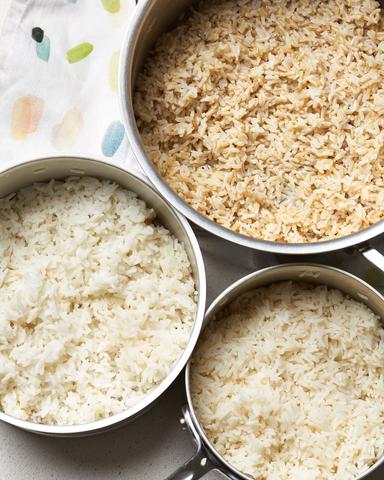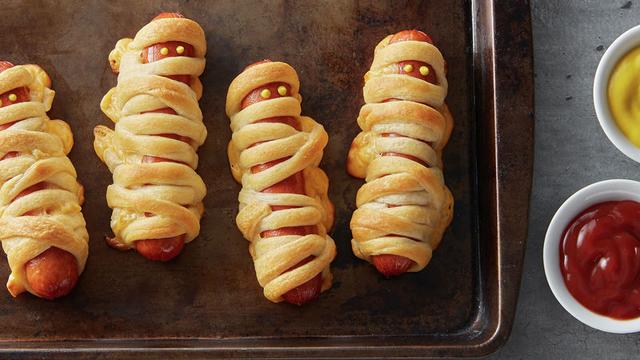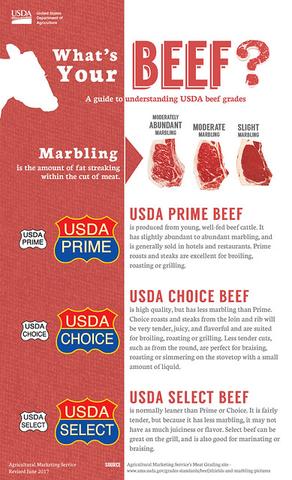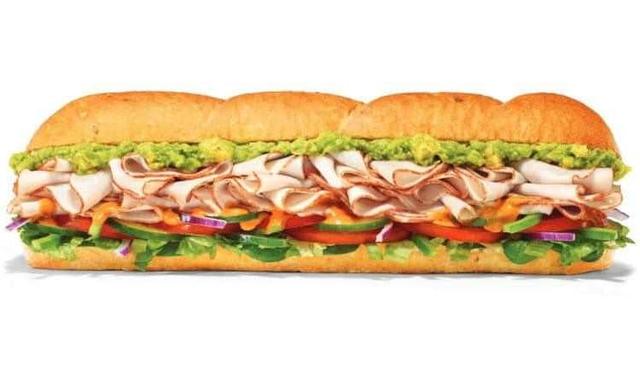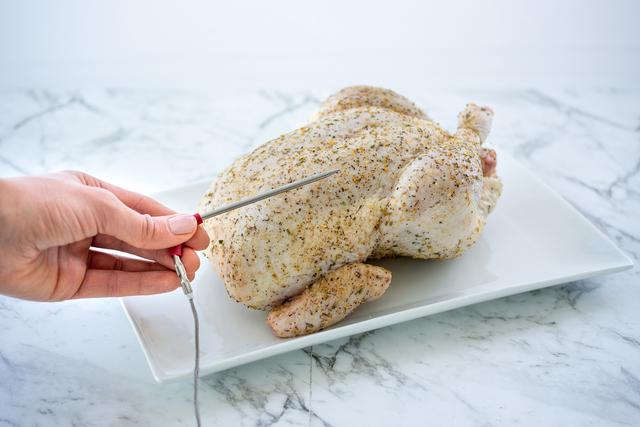
“Accurate temperature measurement is key to safely cooking chicken, but where exactly should you place the thermometer? Discover the optimal placement for your thermometer to ensure perfectly cooked and safe-to-eat chicken every time. Learn the best practices and guidelines in this informative guide.”
Where to Place a Temperature Probe in a Whole Chicken?

When cooking a whole chicken, it is important to ensure that it reaches a safe internal temperature for consumption. The recommended temperature for cooked chicken is 165F. To accurately measure the internal temperature of a whole chicken, it is best to place the temperature probe in the thickest part of the breast meat. This allows you to get an accurate reading of the chicken’s internal temperature.
It is worth noting that different parts of the chicken will finish cooking at different speeds. By the time the breast meat reaches 162F, the thighs, legs, and wings should be at around 190F+. This difference in cooking times is actually beneficial for the thighs, legs, and wings as they contain more collagen and benefit from higher internal temperatures. By pulling the chicken off the heat source at 162F and allowing it to rest for 5 minutes, the residual heat will cause carry-over cooking and bring the internal temperature to 165F.
Where to Probe Whole Chicken
When cooking a whole chicken, it is important to measure the internal temperature at the thickest part of the breast meat. This is where you want to place your temperature probe. The breast meat tends to finish last, so by monitoring its internal temperature, you can ensure that it reaches the safe eating temperature of 165F.
Different parts of a whole chicken, such as the thighs, legs, and wings, will finish cooking at different speeds. By the time the breast meat reaches 162F internal temperature, the other parts should be at around 190F+. This difference in cooking times is actually beneficial for the thighs, legs, and wings as they contain more collagen, fat, and skin. Cooking them to higher temperatures between 175-200F+ allows the collagen to render into gelatin, resulting in tender and juicy meat.
When probing a whole chicken, make sure you are not hitting gristle, fat, bone, or non-meat. It is also recommended to orient the thighs/legs towards the heat source when cooking on a grill and position the breast away from direct radiant heat. This helps ensure that all parts of the chicken finish cooking at around the same time. Additionally, be mindful of your probe’s requirements in terms of insertion length to get an accurate reading of your chicken’s internal temperature.
A Quick Side Note About Thermometers
When it comes to cooking chicken, using a reliable thermometer is crucial. The recommended internal temperature for cooked chicken is 165F, but it’s important to know where to place the temperature probe in a whole chicken to get an accurate reading. The thickest part of the breast meat is the best location to measure the temperature.
It’s also essential to ensure that the probe doesn’t hit gristle, fat, bone, or non-meat when inserted into the chicken. This will give you an accurate reading of the internal temperature. Different parts of the chicken cook at different speeds, with the breast meat taking longer than the thighs, legs, and wings. To ensure even cooking, it’s recommended to position the thighs/legs towards the heat source and the breast away from radiant heat when grilling.
While some whole chickens come with pop-up timers in the thickest part of the breast meat, these timers are often inaccurate and can result in overcooked or undercooked meat. It’s better to use a reliable probe thermometer like Thermoworks Smoke X4 to get an accurate reading. By probing the thickest part of the breast and pulling off the heat at 162F, allowing for carry-over cooking, you can achieve perfectly cooked chicken without drying out the breast meat.
Where Do Companies Put Pop-up Timers?
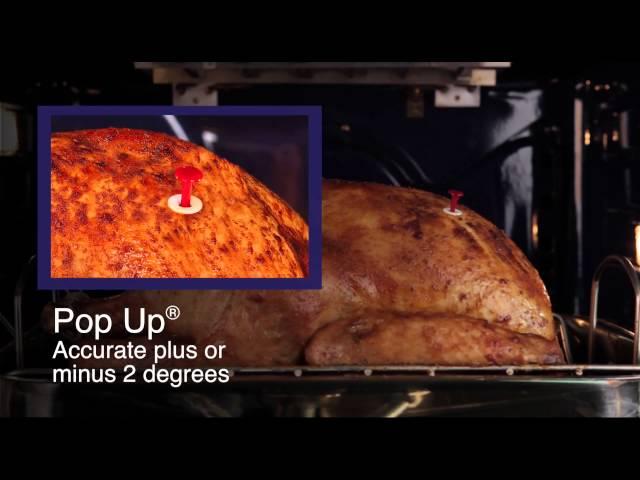
Companies like Purdue will typically put their pop-up timers in the thickest part of the breast meat of their whole chickens. The reason for this is that the breast meat of a whole chicken tends to finish cooking last. Pop-up timers are designed to “pop up” when the meat is considered done, and they are engineered to do so at a temperature of roughly 165F. However, in many cases, these pop-up timers are not accurate and can lead to overcooked or undercooked chicken.
In my experience, I have found that pop-up timers often go off too late, resulting in dry breast meat. Alternatively, they can also go off too early, leaving the meat undercooked. Because of these inconsistencies, I typically remove pop-up timers that come with whole chickens. Instead, I prefer to use a probe thermometer to measure the internal temperature of the thickest part of the breast meat and cook it to 162F. After removing it from the heat source, I allow the chicken to rest for 3-5 minutes, during which time the internal temperature will carry-over cook and increase by around 5 degrees Fahrenheit.
The Importance of Internal Temperature for Poultry
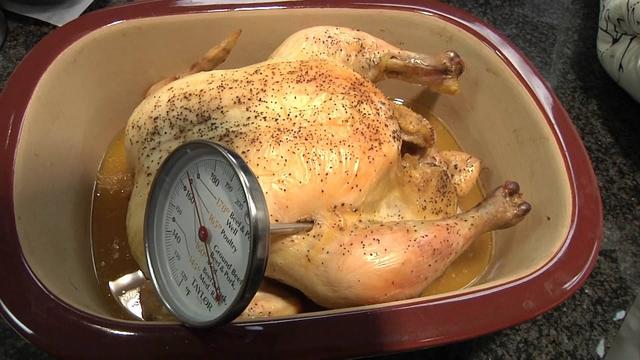
Cooking poultry to the correct internal temperature is crucial for ensuring food safety and the quality of the meat. The USDA recommends cooking chicken to an internal temperature of 165F to kill any potential bacteria, such as Salmonella. This temperature ensures that all parts of the chicken are cooked thoroughly.
It is important to note that different parts of the chicken will finish cooking at different speeds. The breast meat, being the thickest part, takes longer to reach the desired internal temperature. In contrast, the thighs, legs, and wings can benefit from higher internal temperatures (175-190F+) as this allows the collagen in these parts to render into gelatin, resulting in a tender and juicy texture.
Understanding How Internal Temperature Affects the Various Parts of the Chicken

When cooking a whole chicken, it is important to understand how internal temperature affects the different parts of the bird. The breast meat, being the thickest part, should be probed and cooked to an internal temperature of 165F. This ensures that it is fully cooked without drying it out. However, other parts of the chicken, such as the thighs, legs, and wings, benefit from higher internal temperatures ranging from 175-190F+. These parts contain more collagen, fat, and skin which will render into gelatin at these temperatures. This results in tender and juicy meat.
It is worth noting that poultry, unlike beef, has a porous musculature which allows pathogens like Salmonella to penetrate the entire muscle. Therefore, it is crucial to cook chicken thoroughly to kill any bacteria present. The USDA recommends a safe finishing temperature of 165F for chicken/poultry.
In conclusion, to ensure accurate readings and safe cooking, it is essential to insert a thermometer into the thickest part of the chicken, avoiding bones and fatty areas. This will help you achieve perfectly cooked chicken every time, minimizing any risks of undercooking or overcooking.
Learn More About Grilling
If you want to learn more about grilling, check out these other helpful resources!

